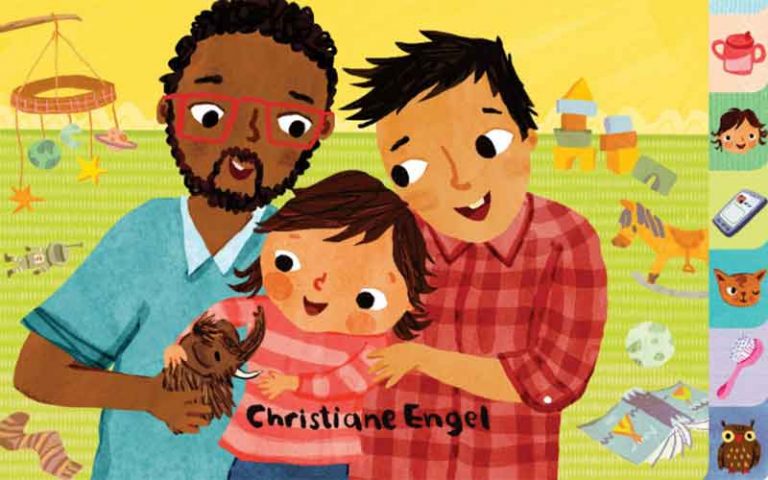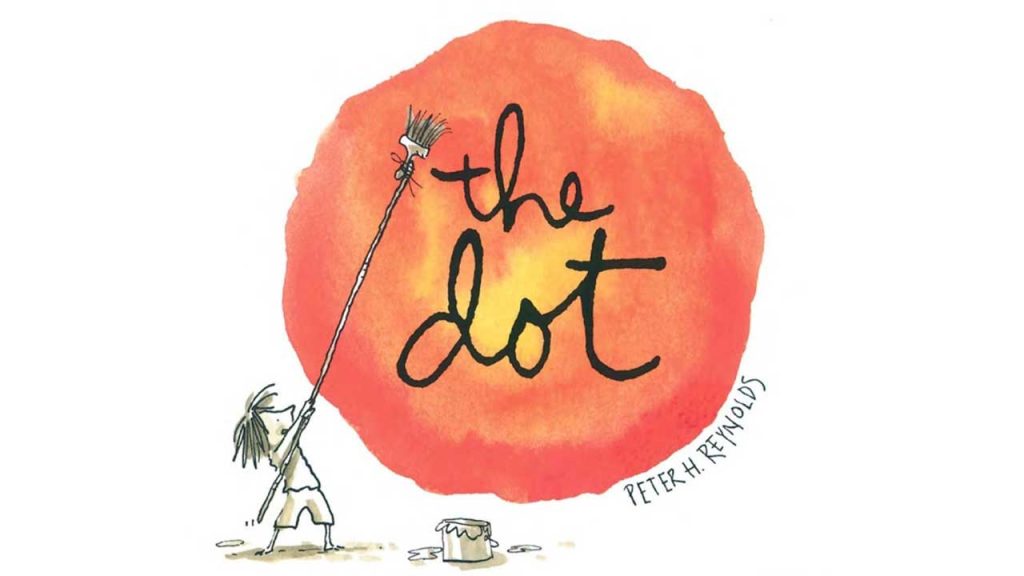TAKE-HOME STRATEGY
Supporting Teacher-Child Relationships at Home

What It's About
Responsive, sensitive relationships between teachers and children are important. When children feel safe and connected, they are able to fully explore the world around them. With a strong Teacher-Child Relationship, your child will be able to go to their teacher for help, comfort, and a resource while in their care.
You can support your child in building a secure relationship with their teacher by encouraging them to rely on and trust their teachers.
Here are some ways you can support Teacher-Child Relationships at home. Keep in mind that you can change these activities to work for you and your child based on their current abilities, interests, and what you have available at home. Make sure to use safe materials and watch your child closely during these activities.
Take a look, and try out your favorites!
Talk on the Commute
Daily Recap
Show and Tell
Special Notes
Photos and Drawings
Books at Home
Quick Cues for Supporting Teacher-Child Relationships
Some things you might do or say to help strengthen your child’s relationship with their teachers
Help Your Child See Teachers as Resources
Show excitement toward your child’s teacher and encourage your child to see their teacher as a helper.
This can sound like:
“Look, there’s Ms. Williams! Good morning Ms. Williams, we are so excited to see you today!”
“It’s okay to ask your teacher for help!”
“Oh, you want to unbutton your jacket? Let’s ask your teacher if they can help you!”
Encourage Your Child to Be Open with Teachers
Encourage your child to interact with their teacher by sharing their interests, ideas, and experiences.
This can sound like:
“Should we show your teacher your colorful shoes? Let’s go over there to show them!”
“You love painting. I wonder if your teacher loves painting, too?”
“You can tell your teacher about your new puzzle!”
Engage in Social Conversations
Chat with your child’s teacher in front of and with your child to model social interactions.
This can sound like:
“Let’s tell your teacher all about our new puppy!”
“You sound so excited about the soccer balls at school. Maybe we should have one at home too. Let’s ask your teacher where to buy them.”
“Do you want to share your birthday plans coming up with your teacher?”
Our Book Recommendations for Teacher-Child Relationships
Engaging stories that support children's relationships with their teachers

Baby's First Words
Written by Stella Blackstone and Sunny Scribens and illustrated by Christiane Engel, this book captures a day in the life of a young toddler. It features colorful illustrations and simple labels that are perfect for following children’s lead as they explore familiar objects, places, and actions.
Have fun with it:
Plan with your child for what they’ll do the next time they’re with their teacher – will they read books, sit together at a meal, or play?

The Dot
Written and illustrated by Peter H. Reynolds, this story illustrates how a sensitive, responsive educator helps a young artist find inspiration in her own artwork.
Have fun with it:
Take time to share stories about moments when your child’s teacher has helped them, and other positive or supportive memories.
More Take-Home Strategies
We’re creating a library of resources like these so families and other caregivers can quickly and easily promote children’s development at home. Be sure to see all the strategies we have available!

